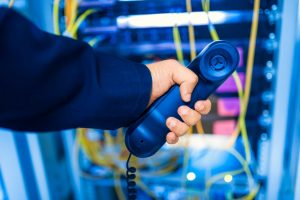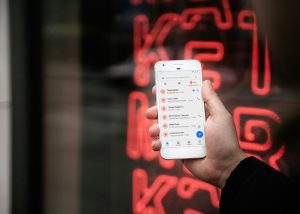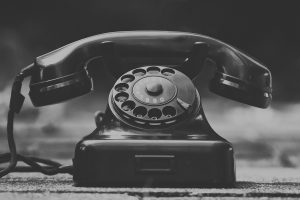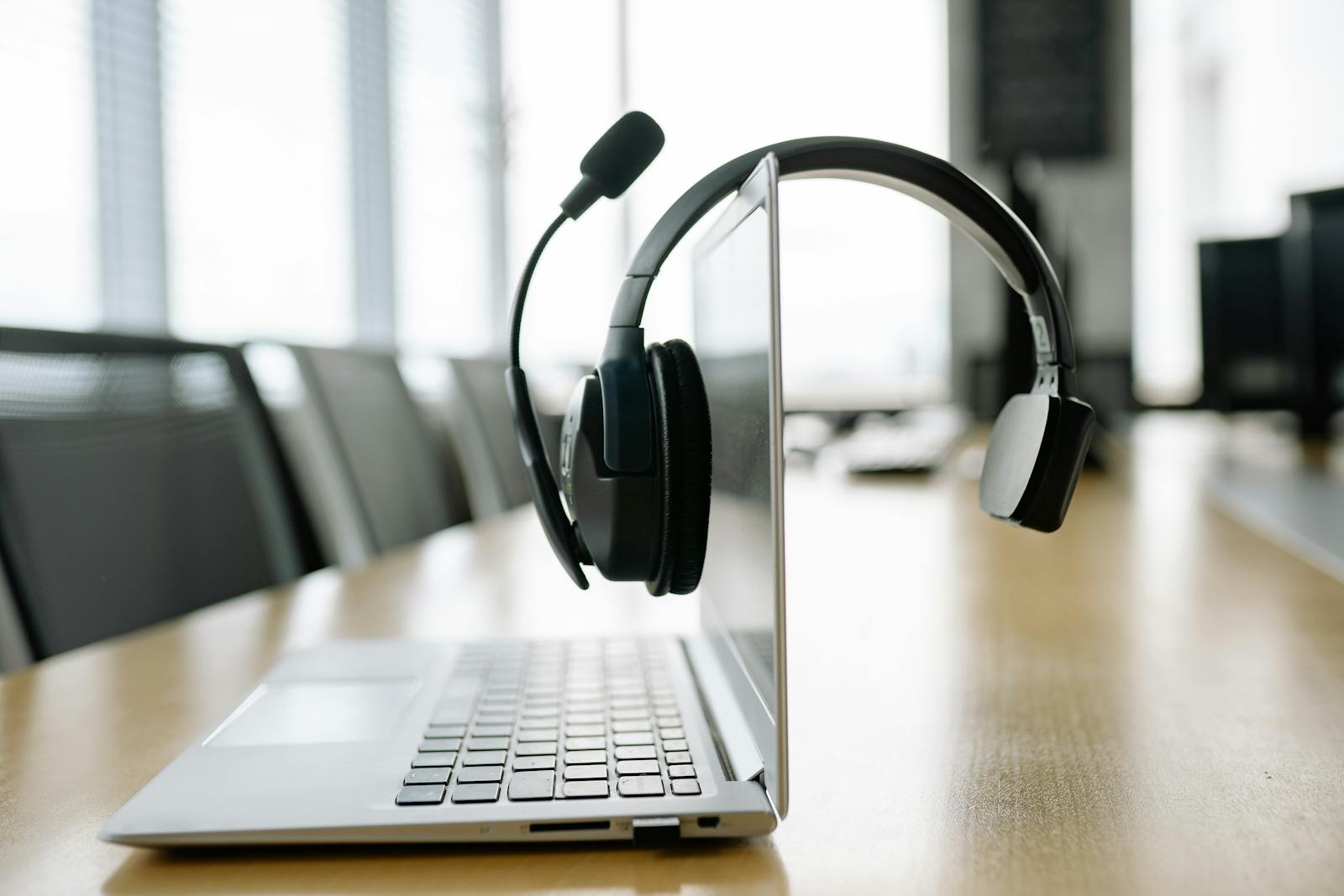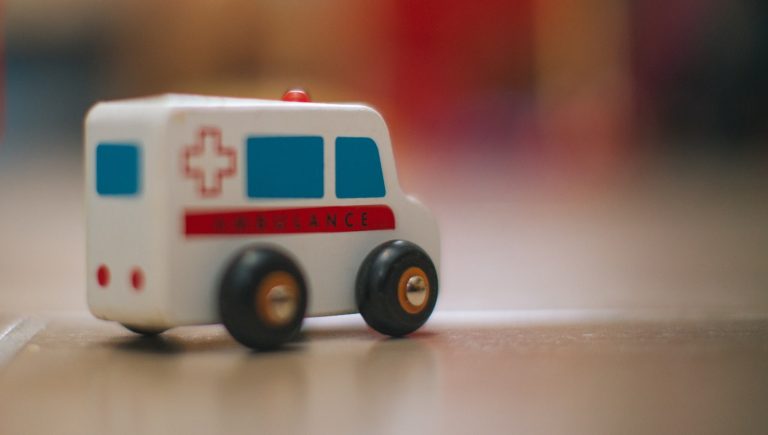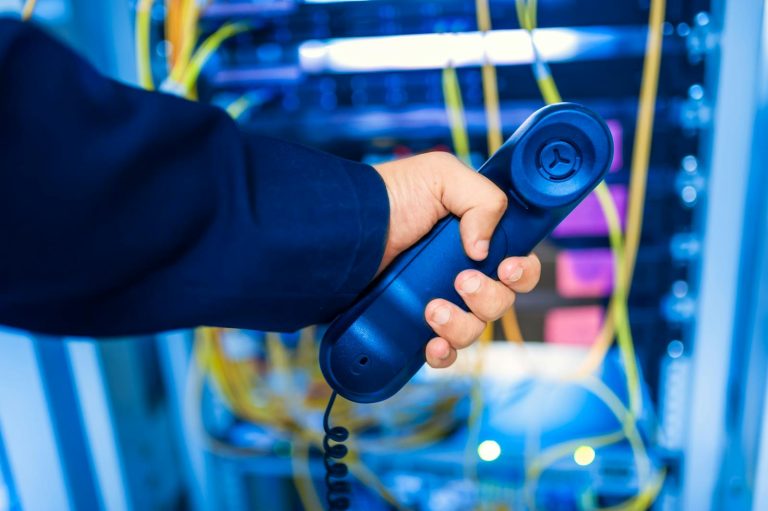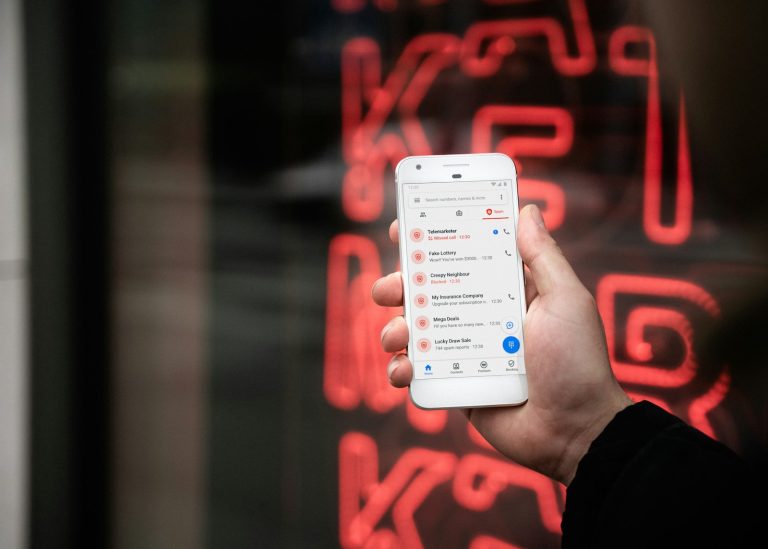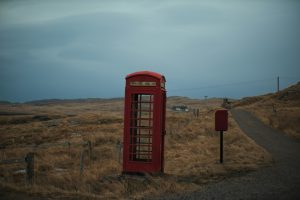The way area codes work in the United Kingdom has gone through a significant transformation over the years. This reflects a bigger change in how we communicate, shifting from traditional landlines to the modern mobile phone systems we now use. This journey involved not only new dialing codes but also modifications to old ones and adjustments to accommodate the latest technology and services like mobile phones.
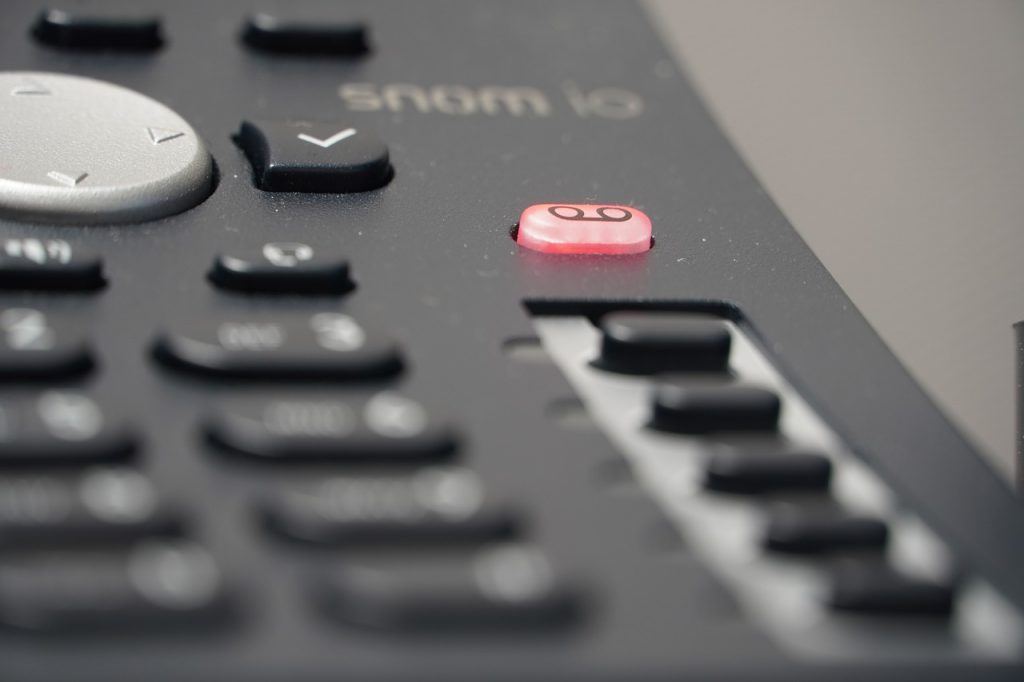
Introduction
Area codes are key elements in the system we use for telephone numbers across the globe. In the UK, these codes have evolved quite a bit due to improvements in technology and the growing demand for phone services. By learning about this evolution, we can understand better how the telecommunications sector has changed to keep up with people’s needs over time.
Early Days of Telephone Numbers in the UK
Initially, when phones just came to Britain, users identified local exchanges by names or sometimes letters, rather than numbers. As technology advanced and more individuals began using telephones, there was a clear need for a standardized numbering system. The launch of Subscriber Trunk Dialling (STD) in 1958 was a crucial step towards modernization. This system allowed users to make long-distance calls without needing help from an operator by simply dialing area codes.
Subscriber Trunk Dialling (STD)
With the introduction of STD, every region was assigned a specific code that needed to be dialed before the local phone number. For instance, ’01’ was London’s code, while ‘021’ was used for Birmingham. This system made it much easier for people to communicate over long distances, but it quickly faced pressures due to the rising demand for more phone lines.
Expansion and Adjustments
As phone ownership grew and businesses started reaching into new areas, the existing numbering scheme needed to adapt. There was a significant push for more numbers because of the broadened services provided through both mobile phones and pagers. During the 1990s, to handle the demand for new communications, some geographic STD codes having minimal use were merged into mixed areas. This change allowed for creating new area codes that incorporated existing ones while maintaining a sense of identity for each region.
For instance, the area around Dumfries kept the original code of ‘0387,’ while Langholm added the new ‘03873.’ Meanwhile, among the main areas in Lancaster, both ‘0524’ and ‘./05242’ were used for extending into smaller locations. These adaptations allowed for the effective use of available numbers while keeping each area unique.
PhONEday 1995
There was a major shift on PhONEday, which occurred on April 16, 1995, when all UK area codes were updated with a ‘1’ at the start. For example, London’s old code ’01’ was changed to ‘0171.’ This adjustment created more number options by opening up previously unused combinations with ‘0’ or other digits that had not been part of existing area codes.
However, it’s important to note that the availability of some old codes has not been utilized right away. Several area codes still exist but are not currently assigned because there’s been a transition favoring non-geographic numbers over traditional ones.
Mobile Phones and Their Effects
The rise of mobile phones has drastically changed telephone number allocations in the UK. Initially, mobile numbers were treated like a separate system from landline services. Numbers for mobile providers, such as ‘077,’ have now become key parts of the nation’s phone numbers alongside fixed services. Furthermore, customers were empowered to switch providers while keeping their same phone numbers thanks to number portability laws that began in the early 2000s.
Non-geographic numbers, like freephone—’0800’—and premium numbers—’09’—also grew significantly during these years. They became essential in providing various business frameworks across different sectors, supporting services from customer support to entertainment.
Modern Developments in Communication
The current communication landscape relies heavily on digital tools, going beyond basic voice calling. Voice over Internet Protocol (VoIP) is particularly noteworthy; it allows for flexibility without the typical geo-specific restrictions. While traditional landline networks still play an important role, VoIP and mobile technology have created new possibilities for communication.
Cloud communication has also grown among businesses, facilitating efficiency and reducing costs. This has changed the management of internal tech resources significantly, as organizations move towards innovative technologies that suit modern practices.
With technology moving forward, sophisticated systems are currently helping manage telephone resources. These advancements help streamline operations further and improve efficiency, demonstrating how much innovation is instrumental in improving connectivity beyond what we initially thought possible.
Despite the rapid advancements and the rising popularity of mobile and digital communications, traditional landline analog systems remain significant. Geographic area codes still hold importance even though we are also increasingly leaning towards non-traditional alternatives likeVoIP and cloud communications.
Conclusion
The evolution of UK area codes serves as a mirror to societal changes driven by technology and the ever-growing consumer demand for connectivity. The journey has taken us from the early days of Subscriber Trunk Dialling through innovative coding systems aimed at efficiently maximizing resource use under constantly increasing pressure.
In summary, this story is a testament to human creativity that continuously pursues enhancements while preserving essential functions key to effective communication across all distances.

